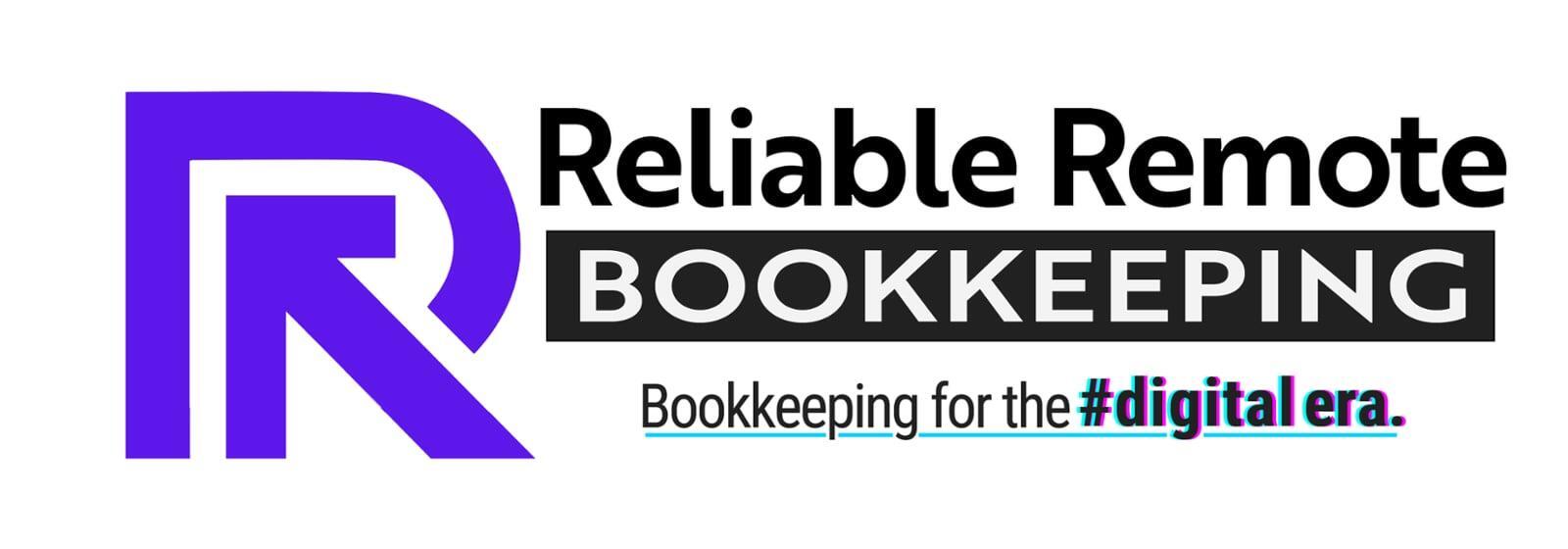Discover essential small business bookkeeping tips to boost growth. Streamline accounts and manage finances like a pro!

Efficient Bookkeeping Practices
Keeping your small business's finances in shape is all about getting the bookkeeping spot on. Good bookkeeping doesn't just mean tidy books; it means smarter choices. Here’s a peek at how to tweak your financial setup and keep on top of those daily, weekly, and monthly tasks that make everything tick.
Customizing Chart of Accounts
Tweaking that chart of accounts is kind of like tailoring a suit to fit your business perfectly. A well-sorted chart not only tags every buck spent or earned but makes sure those tags make sense for how you run the show. It's your map for following the money trail of income, outgo, and the stuff you own and owe.
When kicking off your chart of accounts adventure:
1. Sort Income and Expenses:
• Sales Hustle
• Cost of Stock
• Office Odds and Ends
2. Track Cash and Loans
• Quick Bucks (Cash, What Folks Owe You)
• Big Buys (Building, Equipment)
• Short-term IOUs (Loans, What You Owe)
• Long-Term Promises (Mortgages, Big Loans)
3. Pin Down Owner’s Money:
• Owner's Pocket Change
• Money You’ve Kept Back
A quick look in real life: If you’re a shop, make a slot for stock; if construction is your gig, jot down project cash.
| Section | Label | Instances |
|---|---|---|
| Sales Hustle | What’s Coming In | Goods Sold, Service Earnings |
| Office Odds | Marketing Moves | Ads, Insta Campaigns |
| Stuff Owned | Big Buys | Desk Gear, Sofas |
| Hands Out Loans | Quick Loans | Card Bills, Business Cash Boost |
A tailored chart of accounts is your best buddy against bookkeeping hiccups, helping you dodge sticky situations like tax surprises (SCORE).
Regular Bookkeeping Tasks
Being on top of your numbers game means ticking off those must-do tasks—for peace of mind and no nasty surprises later on (Forbes).
Here’s your to-do list by when:
1. Daily Chores:
• Log every buck.
• Keep that cash flow chart up-to-date.
2. Weekly Chores:
• Check the bank tallies match up.
• Look over receipts.
• Pay off the folks who help you out (vendors and the like).
3. Monthly Chores:
• Crunch those big number sheets (Profit Report, Balance Peek, Cash Dance).
• Check who owes you and who you owe.
• Compare your budget dreams to real-world numbers.
Stick to these tried-and-true methods, and your small business will stand on a steady financial base, ready to face whatever the workday throws your way. Investing the effort in these strategies now pays off big in securing your biz's financial game down the road.
Key Bookkeeping Tips
Let’s cut through the noise and make sure your small biz finances don't turn into a hot mess. Here's a handful of straightforward tips to keep things smooth and simple.
Separating Personal and Business Expenses
Listen up, this one's a game changer: keep your personal and business expenses as separate as if they were oil and water. Why? Because it makes life easier when you’re crunching the numbers for taxes, and it keeps those pesky auditors away from prying into your personal stash.
Got a business? Then you need a business bank account. It’s like having a bouncer at the door to your accounts: only the right kind of transactions get let in. Plus, when you're going through your bank statements, you don't want to guess if that Amazon purchase was for office supplies or a personal shopping spree (Investopedia).
Here's the scoop on what you’ll need to get started with different banks:
| Bank Type | Minimum Deposit |
|---|---|
| Traditional | $100 - $1,000 |
| Credit Union | $50 - $500 |
| Online Bank | $0 - $500 |
Opening a business account keeps the taxman happy and your head above water. Dive into our guide on bookkeeping for startups for more on getting this sorted.
Importance of Financial Statements
Don't snooze on those financial statements—these bad boys show you the pulse of your business. They’re your go-to tools for figuring out where the money’s rolling in and slipping away. Stick to GAAP principles and do it by the book, so everything adds up.
Here's what you should always have on your radar:
- Income Statement: What you’re making and spending over time.
- Balance Sheet: The here-and-now look at what you own and owe.
- Cash Flow Statement: Track how cash is jumping in and sliding out.
Getting your numbers squared away regularly—a weekly habit is best; daily works for the ambitious—keeps you in the green and avoids a financial trainwreck.
Stay on top of this bookkeeping hustle and check out our full article on small business financial records.
Dial into these bookkeeping basics to keep your business on a winning streak. To keep mastering the money game, see our page on small business accounting basics.

